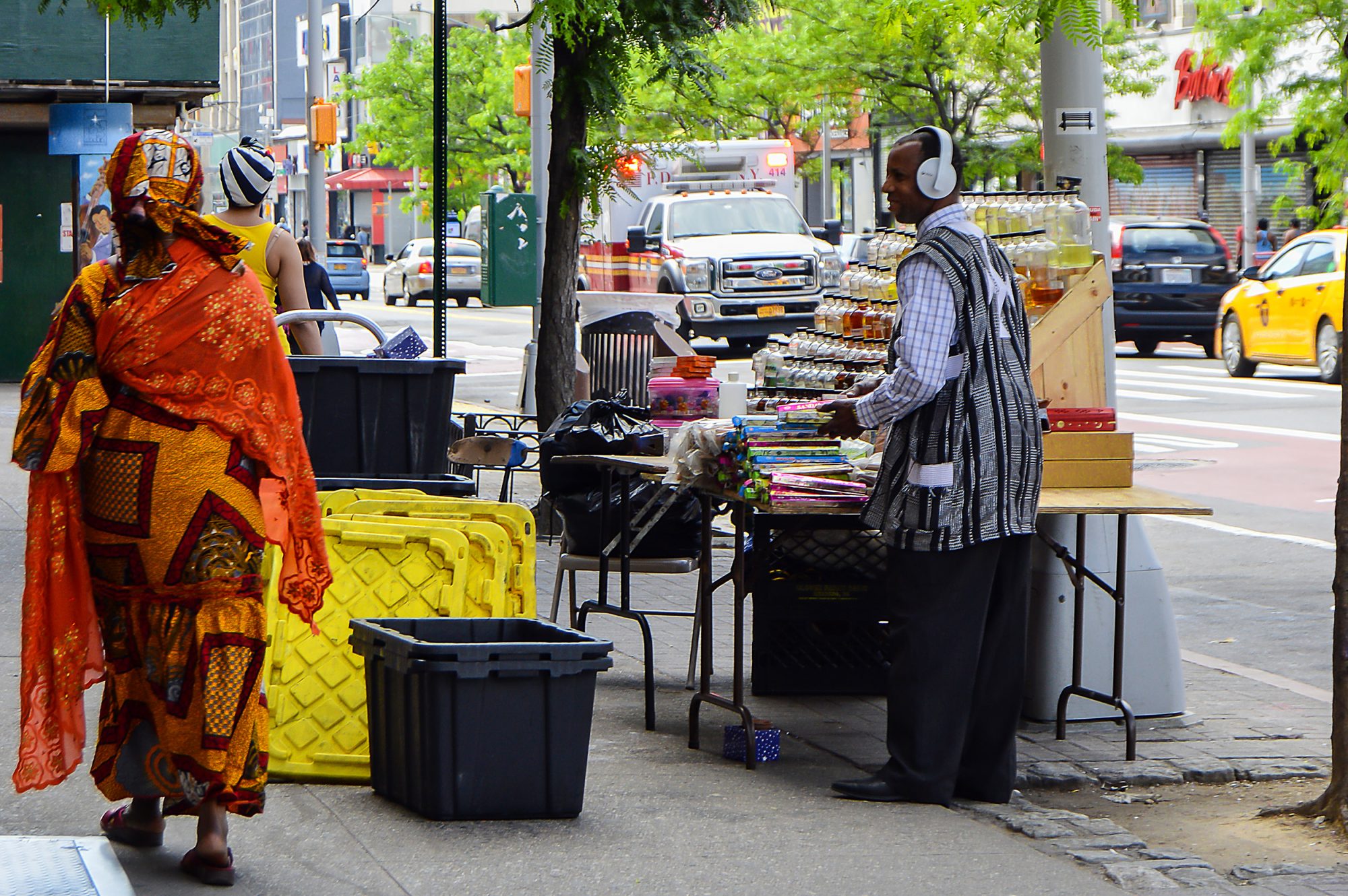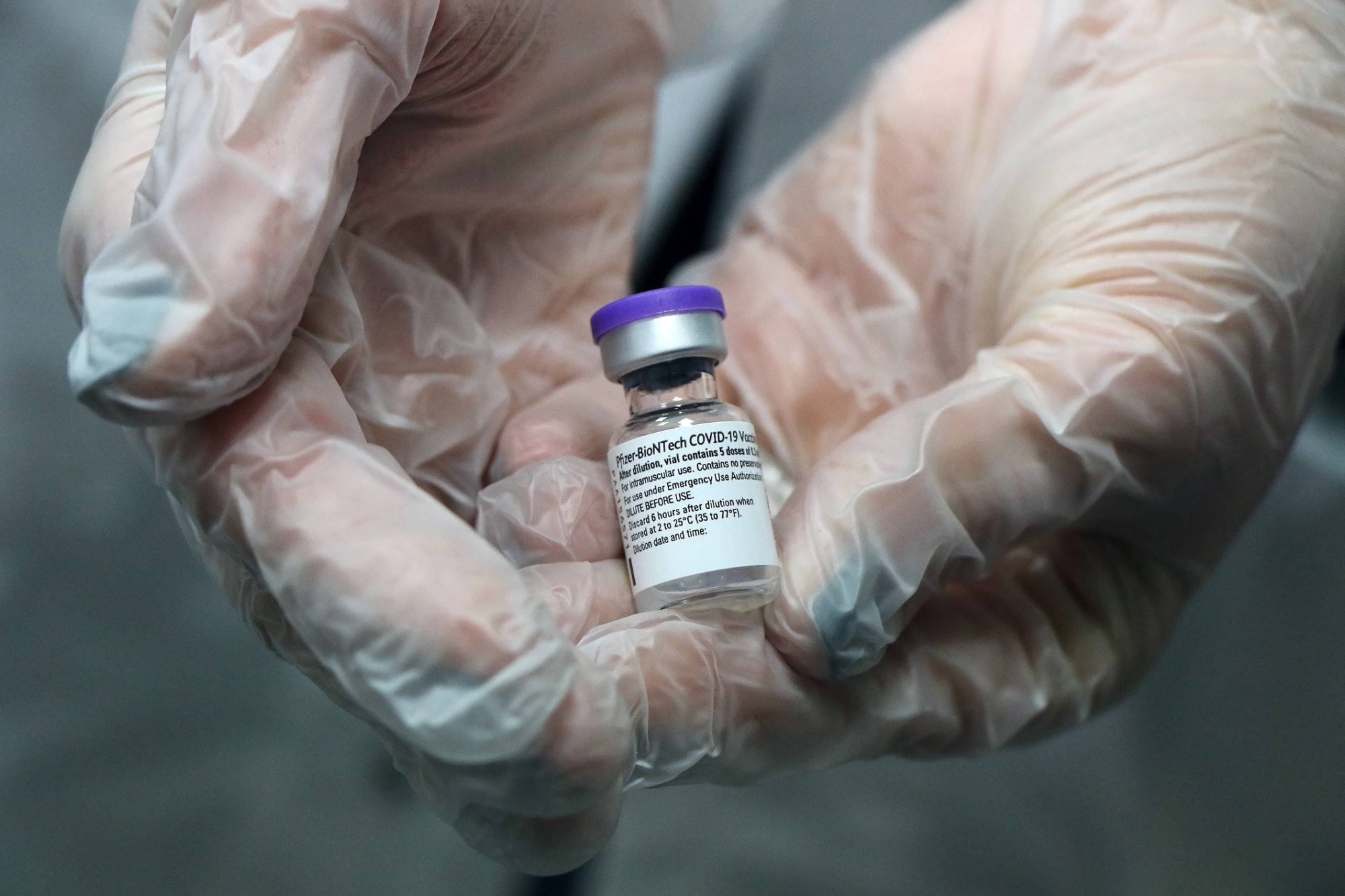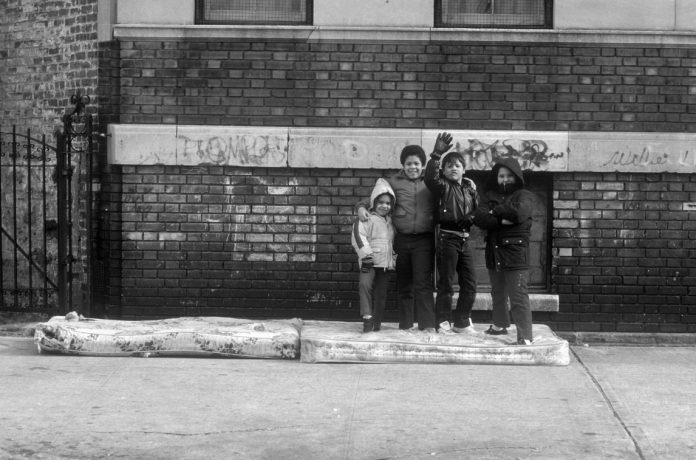Jeronim Capaldo and Richard Kozul-Wright, from the United Nations Conference on Trade and Development (UNCTAD), examine economic inequality in the United States
After a year of record economic growth in the United States and other developed countries, the pledge to “build back better” begs the question: better for whom? After decades of rising inequality, is this era of unprecedented growth bringing Americans closer together, or pushing them further apart?
To reveal the state of the economic recovery both in the US and globally we must examine five elements that are critical to people’s lives and the subject of key policies: wages, finance, government spending, taxation and globalization. The latest Trade and Development Report from the United Nations Conference on Trade and Development (UNCTAD) has done so, and finds the American project to build back better is constrained by several key policy failures.
Widening wage gap
In the US and other developed economies, the recovery is threatened by domestic problems that predate the pandemic, which are reflected in the rise of a divergent K-shaped recovery for lower and higher income groups.
To start, COVID-19 shocked a fractured US economy, split between “lead” sectors, with high wages and high productivity, and “lagging” sectors with low wages and low productivity. By 2019, decades of wage repression, weak social protection and industrial offshoring had left 80 million workers in precarious conditions, often in debt and with insufficient access to health care. While average wages have roughly doubled since 1978, CEO compensation has risen by an astounding 1,322 percent. Other developed countries are facing similar structural challenges.
“CEO compensation has risen by an astounding 1,322 percent”
Since the start of the pandemic, inequality appears to have increased further, based on two types of data. The first is changes in labor’s share of total income: as the recession wiped out profits, the labor share initially increased, also thanks to stimulus checks and other government transfers, only to decrease when layoffs soared. This happened during the global financial crisis of 2008 and 2009 too, but the impact has been somewhat harder now.
The other marker of inequality emerges from wage payments and unemployment numbers. While in August of this year, US unemployment remained 2 percentage points above its 2019 level, total wage payments recovered already in the fourth quarter of 2020, when unemployment was still at 7 percent. This means only a minority of workers – typically those working remotely in high productivity and high wage sectors – saw their incomes increase, while economic recovery remains out of reach for a large share of the American labor force.
Destabilizing finance
In this context, the monetary measures deployed during the crisis – especially asset purchases – have been double-edged: they helped avoid a financial crash, but fueled massive asset appreciation, driving up income and wealth inequality.
In the United States, asset appreciation has provided a bridge over the crisis for the richest 10 percent of households, who own most stocks, creating a constituency that fears inflation and is uninterested in, or opposed to, continuing fiscal programs. If the financial sector remains on this privileged path to recovery, it will derail any efforts to build back better for the broader society.
“asset appreciation has provided a bridge over the crisis for the richest 10 percent of households”
However, policymakers have the instruments to tackle it, starting with financial regulation.

Public spending at a crossroad
Fiscal and welfare policies so far have staved off a deeper social and economic crisis. They contained the fall of wages, creating an incentive for businesses to make productivity enhancing investments that boost the economy’s efficiency in the long term.
However, reversing decades of wage repression requires more than temporary measures. Wage growth will have to resume and continue for considerable time, and social security and healthcare will have to be strengthened. The alternative is a return to austerity that will exacerbate inequality and deepen social fractures.
Alongside labor market and welfare policies, productive investment – as opposed to the trading of financial assets – plays an important role in wage and productivity growth. Boosting public investments in both physical infrastructure and “social infrastructure,” such as free childcare and higher education, is key, as well as private investment in manufacturing.
The Biden administration’s plan recognizes the importance of both as drivers of productivity growth and outlines a vision in which offshoring is partially reversed and corporate concentration reined in. With $3.5 trillion in additional spending over eight years, the proposal would amount to 2.5 percent of GDP annually starting in 2022. While not enough to turn around endemic inequality and underinvestment, it would be a good start.
Spending pandemic savings
Spending public money is only one of the two main challenges posed by building back better. The other challenge is persuading middle-class and wealthy households to spend some of the savings accumulated during the pandemic, which in the United States exceeded 12 percent of GDP in 2020, a massive amount by historical standards.
The problem is data don’t tell us how these savings are distributed among rich and middle-class households, a fact of great relevance for policy.
Middle-class households generally want to spend more on consumption and investment but hold back if they don’t have enough confidence in the future, especially when short-term financial returns appear attractive. This can be remedied with policies that strengthen job security and wage growth, public investment and less expansionary monetary policy.
The wealthy, on the other hand, cannot be induced to consume more than they already do. But, by increasing marginal tax rates, some of their savings can be transferred to the government, which can make productive use of it. In the United States, the government has effectively abandoned this avenue by reducing the top marginal income tax rate from 94 percent in 1945, to 50 percent in the 1980s and only 37 percent today. But this can be reversed. A wealth tax, paid on total assets similarly to property taxes, would make taxation more equitable and help reverse existing inequalities.
A global impact
Finally, US policymakers face challenges that transcend national boundaries, starting with the rules and practices of the hyper-globalized economy, often enshrined in international trade and investment treaties. These rules reinforce large corporations’ control over strategic assets, enabling the proliferation of abusive, and oftentimes predatory, business behavior.
The pandemic has, if anything, extended the space for these practices, particularly through intellectual property rights and the control of digital technologies. This has thwarted initiatives to waive vaccine-related patents for developing countries, where full vaccination remains a distant hope, blocking progress against the pandemic.
It is also important to note that the fiscal-monetary mix successfully deployed in the United States is not an option for developing countries owing, largely, to external factors: limited appetite of financial markets for debt issued in local currencies, the need to keep interest rates high to pre-empt capital flight, the threat of currency depreciation and the squeezing of their fiscal space by policy conditionalities attached to multilateral lending. With a few exceptions, this disparity is pushing developing countries onto a separate and slower recovery track.

It is not just unfair, it is a threat to the economic recovery everywhere, including in the United States.
President Biden’s plans to invest in infrastructure, manufacturing and social protection are an appropriate response and should be coupled with strong support to developing countries, including for vaccinations and debt restructuring. If such support is postponed or derailed, the American project to build back better will inevitably fail.
Jeronim Capaldo is an Economist with the Division on Globalization and Development Strategies at the United Nations Conference on Trade and Development (UNCTAD). He is also a Non-Resident Senior Research Scholar at the Boston University Global Development Policy Center. He holds a PhD degree in economics from The New School for Social Research in New York.
Richard Kozul-Wright is the Director of the Division on Globalization and Development Strategies at the United Nations Conference on Trade and Development (UNCTAD). He has worked at the UN in both New York and Geneva and published widely on economic issues. He holds a PhD degree in economics from the University of Cambridge in the UK.




![Europe’s housing crisis: A fundamental social right under pressure Run-down appartment building in southeast Europe set before a moody evening sky. High dynamic range photo. Please see my related collections... [url=search/lightbox/7431206][img]http://i161.photobucket.com/albums/t218/dave9296/Lightbox_Vetta.jpg[/img][/url]](https://www.openaccessgovernment.org/wp-content/uploads/2025/04/iStock-108309610-218x150.jpg)







Excellent article. Anyone that has read this should read anything by Robert Reich concerning Economic Inequality. It is not a self supporting system and, if unchecked, will destroy the US middle class-John in Texas